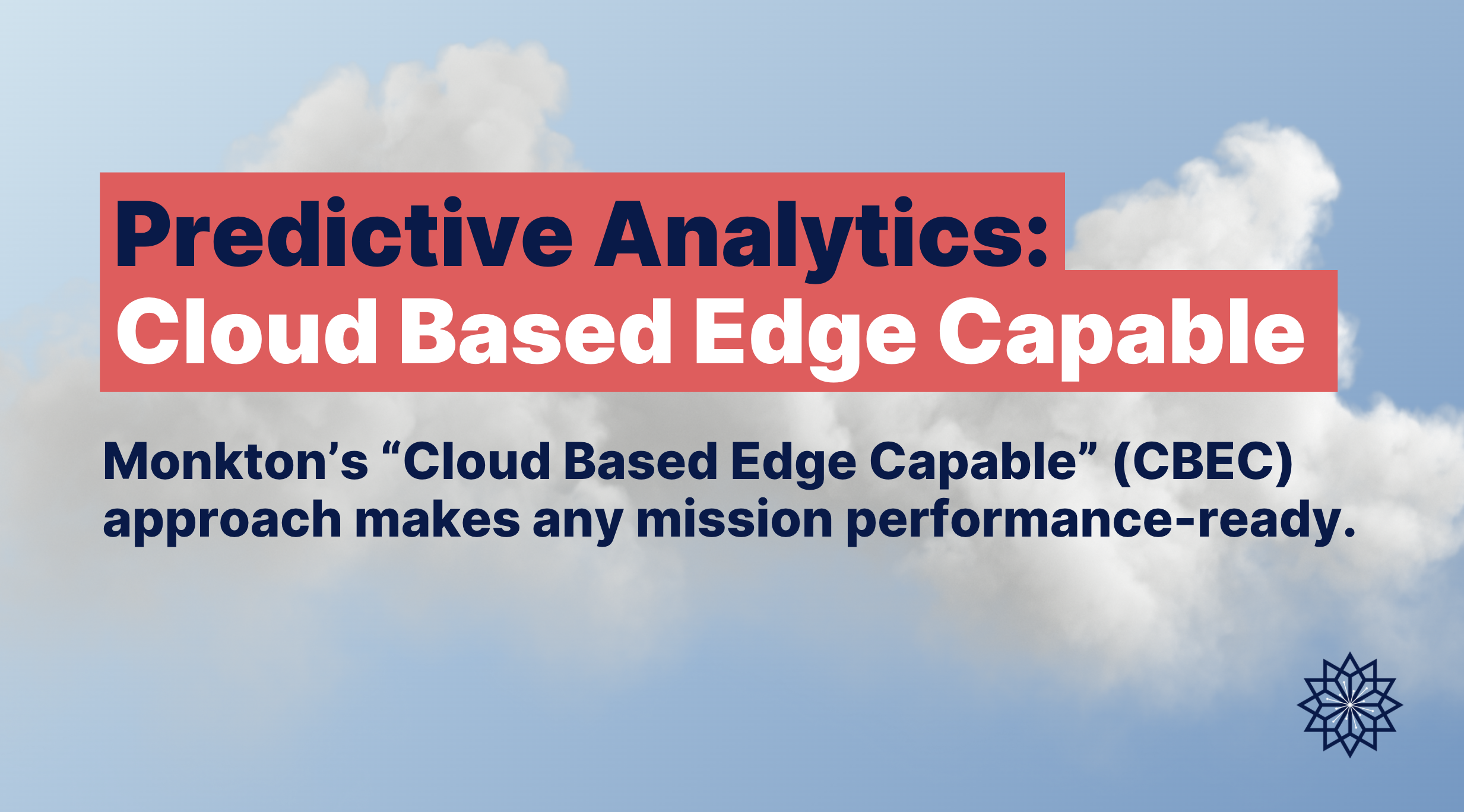Edge Computing to Inform Artificial Intelligence
Enhance AI-driven Decision-making with Data at the Edge and Real-world Insights
"Zero to sixty" may be the ultimate speed test for cars, but the phrase itself borders on cliché.
Any chance you've heard the saying “zero to one?”
It may not be a popular idiom, but it perfectly describes how tech innovation sometimes requires taking a step back. Imagine building Artificial Intelligence (AI) starting from "zero to one" instead of adding more to what already exists. This means getting real-time data directly from the source—known as Edge Computing—to help AI make much smarter decisions based on real evidence. Using Edge Computing to fuel AI should be a critical consideration for industries and governments alike—especially as AI use is estimated to increase the United States GDP 21% by 2030, according to Statista.
“Zero to one” in this case essentially means taking a pause to ensure AI is informed by the right data. By better collecting, tagging, and analyzing Edge-informed data, AI-powered solutions can better automate tasks, streamline processes, and optimize resources.
Edge Computing ultimately gives AI a turbo boost, making it faster, more intelligent, and increasingly responsive to real-time information—meaning every business sector and mission can benefit.
The building blocks of Federal AI
Boost proactivity with Edge-based, AI-driven data
In-the-moment data collection enables government agencies and businesses to quickly identify emerging issues, trends, and patterns, which may not be apparent through static data. By identifying pain points before they escalate, organizations can mitigate potential issues. Without this, governments and industries may be far too reactive, only addressing pain points after they’ve caused significant harm.
Example: Consider a utility company. By using Edge-based data from power grid sensors, organizations can continuously monitor energy distribution. If data shows fluctuations or unusual patterns, it's a sign something might be wrong, like a failure or overload. By catching these concerns early on, companies can prevent sweeping power outages. This Edge/FaaS partnership informs smart AI and potentially saves significant costs while ensuring uninterrupted service.
Informed policy development
Edge-based data is the foundation of well-informed policy making. Without secure and private real-time data access, agencies may rely on incomplete or outdated information, compromising the quality and efficacy of policy decisions.
Example: A government transportation agency, like the U.S. The Department of Transportation or the Federal Highway Administration, could use real-time data from road sensors to inform smarter traffic management. This could translate to the adjustment of signals and speed limits, providing live traffic updates via apps, or signage to improve safety and ease congestion—especially during inclement weather.
FaaS forward with Edge Computing
Edge Computing coupled with Function as a Service (FaaS)—a cloud model where developers write and deploy code that executes in response to events or triggers—plays a critical role in enabling secure AI applications.
FaaS is a bit like having an on-demand, super-efficient code genie. Give it a task, and it ‘magically’ runs your code without having to worry about maintaining servers or infrastructure.
Some highlights of this model include:
Instant scalability: With FaaS, AI services can instantly scale up or down in response to demand.
Resource efficiency: FaaS optimizes resource use by running code only when it's needed, meaning you don't have to pay for idle servers. Think of it like switching off the lights when you leave a room.
Enhanced security: FaaS can improve AI security by isolating code execution in separate containers. Imagine having individual, well-protected rooms for each task, preventing unwanted tampering.
Now, combine FaaS with Edge Computing, and you have a truly powerful tool.
When Edge and FaaS team up, AI gets instant access to the freshest data and the ability to process it more quickly. This means smarter decisions in the blink of an eye, especially in scenarios where split-second reactions matter, like with autonomous vehicles, emergency medical scenarios, natural disaster response, or combat environments.
The Monkton Way
“Cloud Based Edge Capable”
All organizations, industries, sectors—and especially our federal government—require secure, private, and real-time Edge-informed data to successfully innovate and solve problems with AI.
Here’s the clincher: there is no successful AI without Edge Computing.
The consistent and daily collection of Edge-informed data drives AI technology and its solutions.
Utilizing DevSecOps, Monkton rapidly develops secure mobile apps with a CBEC-ready (CBEC = “Cloud Based Edge Capable”) mindset to bring the cloud—and AI solutions—wherever users are. FaaS and PaaS reduce cost and complexity for clients to efficiently collect the right data. This approach enables us to focus on custom features and timely delivery instead of managing infrastructure.
Monkton Tango: Serverless Authentication for Cloud Native Solutions
For organizations looking to enable turnkey CAC/PIV for AWS workspaces, any web application, or website that requires CAC/PIV authentication, Monkton Tango is a Serverless SAML 2 identity provider for Amazon Web Services (AWS) that is available through the MATTER IDIQ.
In under 10 minutes, Tango deployment enables any organization to start incorporating CAC and PIV authorization the same day.
Contact us to get started with Tango so you can seamlessly integrate federated PKI for your Cloud Native solutions.
By combining Edge Computing and FaaS, we help federal agencies and leading businesses enhance the security, privacy, and efficiency of their AI applications.
These building blocks enable local data processing, reduced latency, improved security, optimized bandwidth usage, and cost efficiency. Additionally, creating a CBEC framework at the onset of a project ensures we can streamline the development and deployment of a future-proofed system that can scale for years to come.





